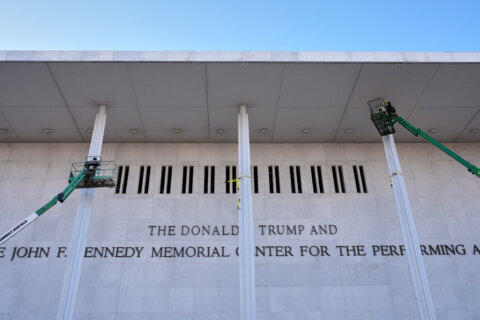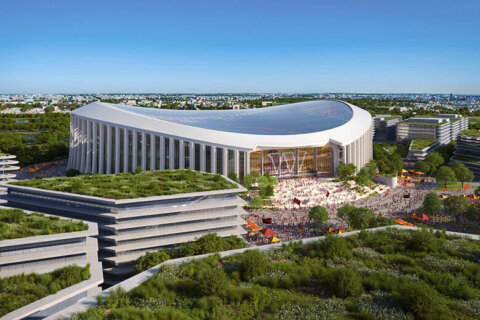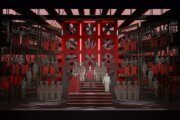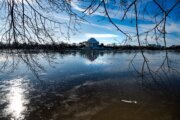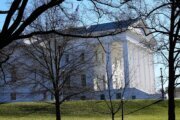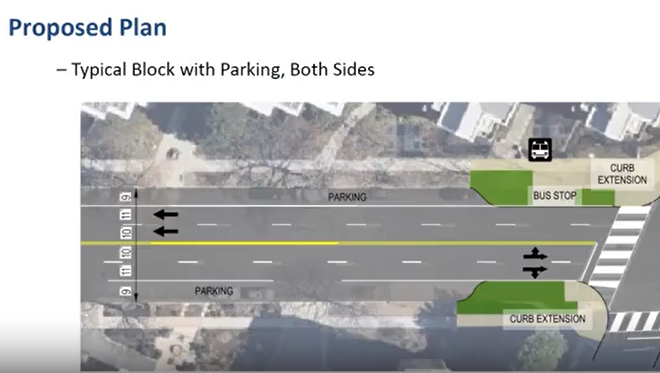
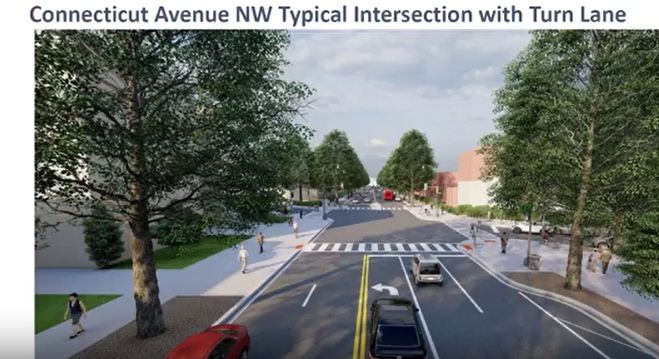
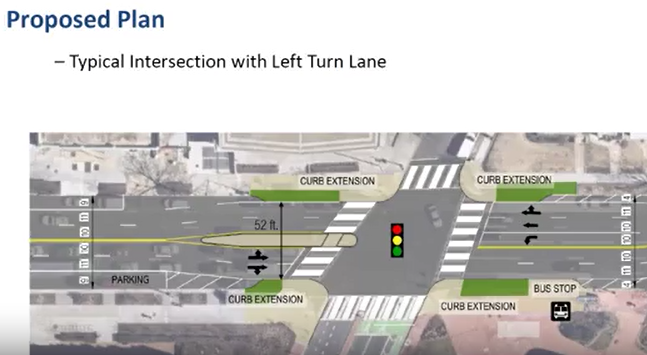
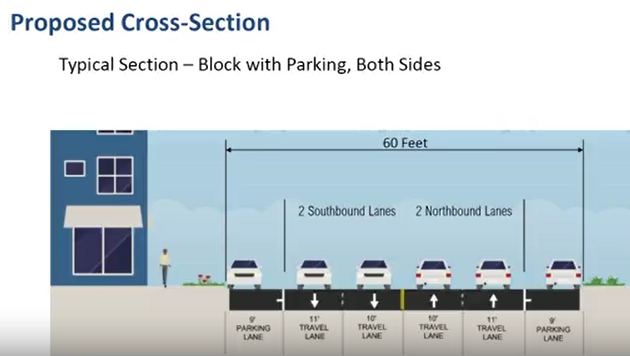
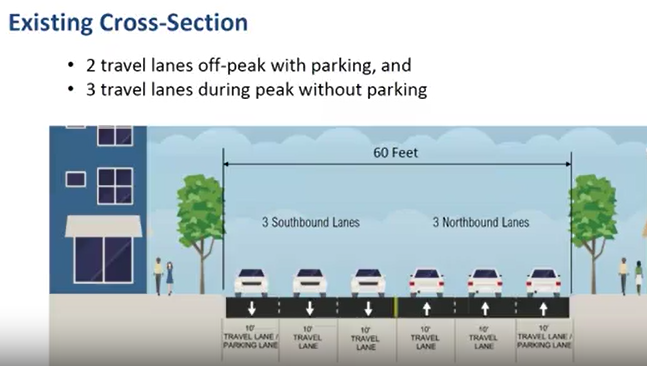
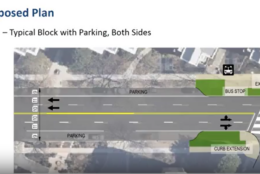
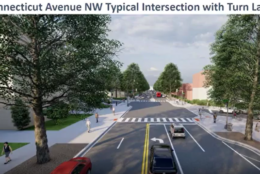
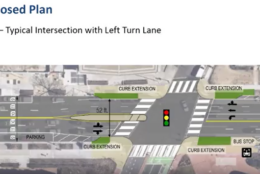
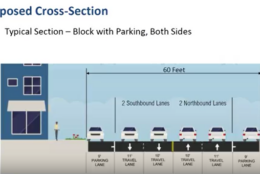
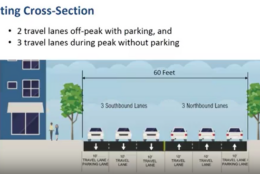
D.C.’s planned concept to redesign a stretch of Connecticut Avenue in Northwest includes dedicated left-turn lanes and pedestrian upgrades but will move forward without bike lanes, capping months of tension between cyclists, residents, lawmakers and transportation officials.
During a virtual meeting Monday night, D.C. Department of Transportation Acting Director Sharon Kershbaum said the city is planning to complete a five-year strategic bikeway plan, which will help leaders decide where to expand bike lane infrastructure.
Initially, D.C. Mayor Muriel Bowser directed DDOT to move forward with the project option that included protected bike lanes along a several-mile stretch of Connecticut Avenue between Woodley Park and Chevy Chase. But in April, Kershbaum said during a council hearing that changes along the corridor wouldn’t include bike lanes.
As part of their review of Bowser’s proposed budget, some D.C. Council members recommended the bike lanes be included in the project, but they were left out of the package the council passed in a first vote last week. However, changes can be made before a second vote on the budget.
Proponents of the bike lane project argued the lanes would make the area safer along a busy road. Critics questioned the impact they would have on businesses, parking and accessibility.
At Monday’s meeting, Kershbaum said community members had lingering concerns about how narrow the bike lanes would be, eliminating parking along the street, drivers cutting through neighborhoods and whether certain buildings would have easily accessible drop-off points if bike lanes were installed in front of them.
The project, she said, has always been focused on addressing safety along the corridor.
“I am very clear how much interest there is in adding a bike lane to support commuting and localized travel on this corridor,” Kershbaum said. “Unfortunately, there’s just no perfect solution here that will make everyone happy.”
While bike lanes aren’t included in the latest project concept, the agency is hoping to address other safety concerns. For one, it’s considering dedicated left turn lanes in 16 locations. Currently, there aren’t any dedicated left-turn lanes along the stretch. Over one-fourth of crashes along Connecticut Avenue are left-turn crashes, according to Sandra Marks, DDOT’s chief transportation planner. The group picked the locations using data on where the highest number of “left turn movements” occurred.
The dedicated left-turn lanes can reduce crashes up to 48%, Marks said, and can make those areas safer for pedestrians.
To further enhance pedestrian safety, DDOT is considering adding curb extensions. The department is also reviewing six “uncontrolled intersections” that will be evaluated for possible upgrades.
“We will be upgrading some of the crosswalks that are currently unsignalized and uncontrolled,” Marks said. “And we are optimistic that this will really be of benefit to some of our pedestrians, particularly vulnerable road users.”
Currently, the stretch includes two travel lanes, a lane for parking during off-peak hours and three travel lanes without parking during peak times. But the latest proposal includes a lane for parking on both the north and southbound sides of the street.
DDOT removed reversible lane operations along the corridor in 2022 and the agency said crash data has been improving as a result. When there are crashes, they’re usually left-turn, sideswipe or rear-end incidents, Marks said.
The speed limit also changed from 30 mph to 25, and DDOT installed four new speed cameras along the roadway. As of April, “there are still a significant number of tickets being issued, which tells us that we know that there are still some issues out there that we need to address with this project,” Marks said.
The agency is hoping to finalize its concept and move into the design phase before construction can start. The proposed budget has funding for construction in fiscal 2026 and 2027, Marks said.
Get breaking news and daily headlines delivered to your email inbox by signing up here.
© 2024 WTOP. All Rights Reserved. This website is not intended for users located within the European Economic Area.


